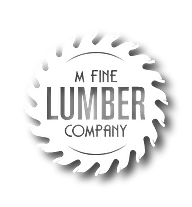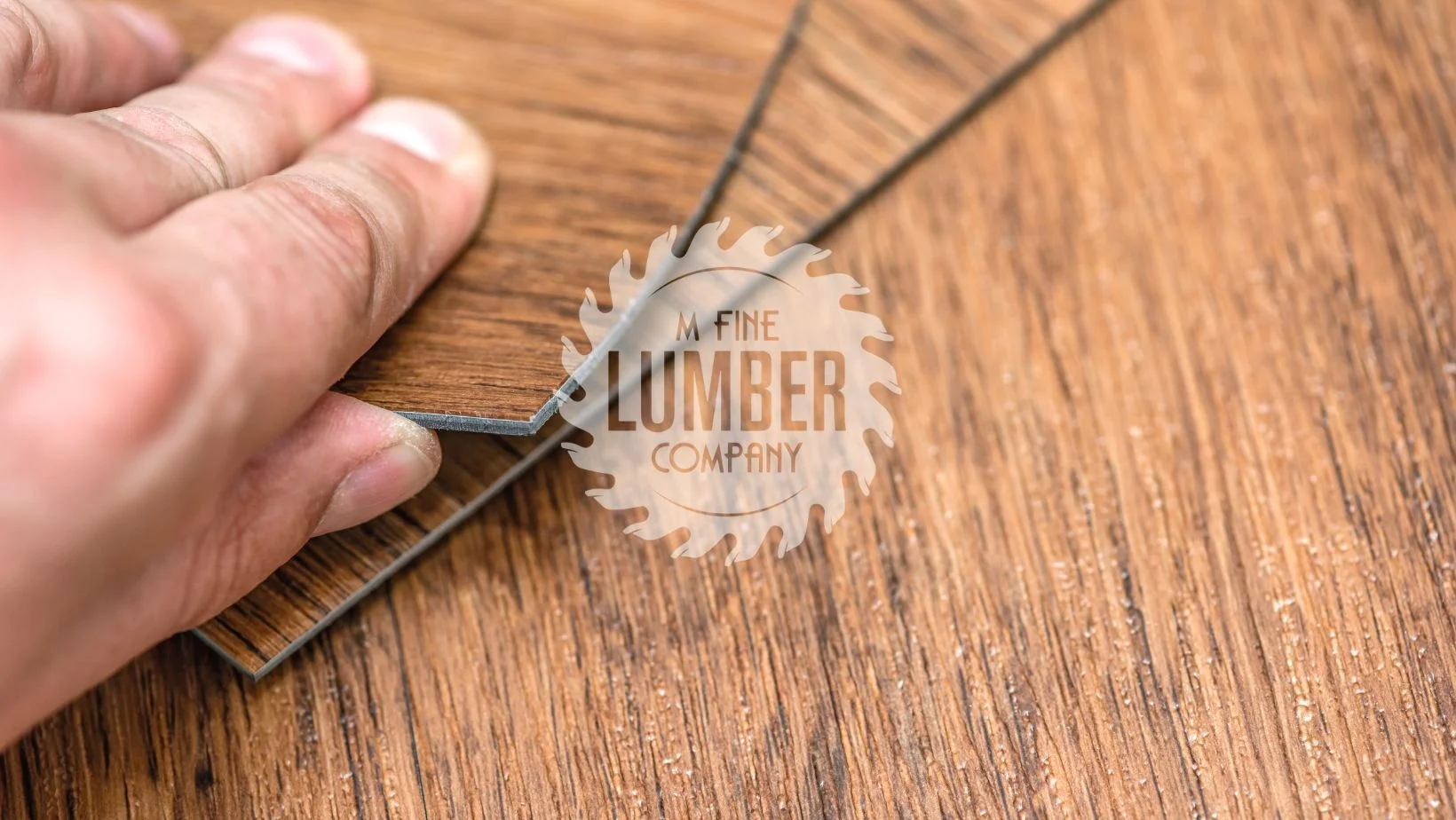
Sandpaper is a key tool to have around the house, but it can be hard to know which grade of abrasive offers the best results for your sanding projects. To make your next project go smoothly and save time trying out different options, it’s important to understand the three main grades of sandpaper: coarse, medium, and fine. Keep reading for more details about these three types, their uses, and how they differ from one another.
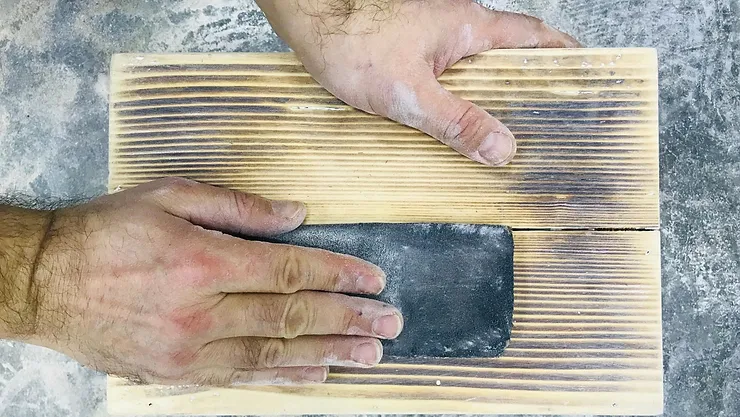
Sandpaper grit is measured using a gauge number, with lower values indicating coarser grits. For example, #36- to #80-grit are incredibly harsh and rough, whereas #320-grit paper is very fine and contains only tiny abrasive particles.
Sandpaper grit numbers are usually stated clearly on the back of the abrasive. Grit numbers vary from #36 to #320, however, most jobs would require a grit from somewhere in the middle of this range.
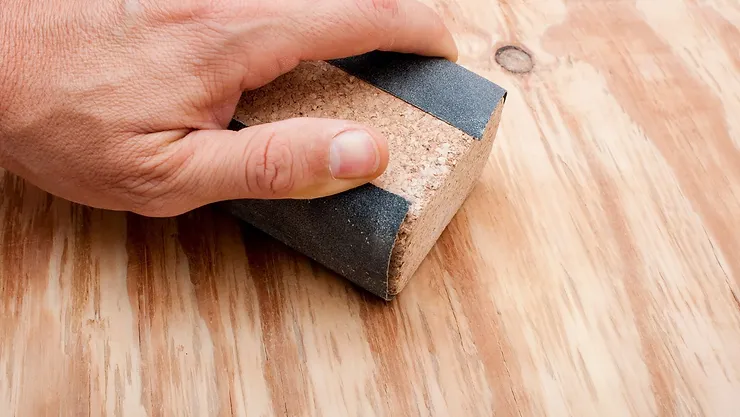
Coarse grit sandpaper is ideal for removing material and shaping surfaces. This type of abrasive has a coarse texture, making it useful for projects that involve stripping away old paint, smoothing slightly rough surfaces, or prepping a piece of wood or metal for varnishing. It is also an excellent aid for shaping surfaces before applying a finish. Use extreme caution while sanding veneer plywood, since the thin surface layers are easily worn away with sanding.
Uses include:
Taking off coats like paint or varnish
Getting rid of blemishes in wood or rusting in metal
Shaping and smoothing wood
Sanding with #100–#180 grit is a great option for those who want more control and accuracy with their sanding job; the medium-grit range allows the user to remove old coatings, smooth out rough surfaces, and prepare areas for future finishes without over-sanding.
Uses include:
Polishing
Getting rid of scratches
Preparing for final finishes
This type of sandpaper is usually reserved for sanding down surfaces that have previously been worked on, unless the surface is already very smooth and even to the touch. Fine-grit sandpaper is sometimes used to roughen glossy paint before applying another layer. If you plan on staining the wood often, you shouldn’t sand it with anything finer than 320 grit. Abrasives with a fine grit are ideal for finishing wood furniture.
Uses include:
Getting rid of protruding wood grain fibers
Scuffing between coats of finish
Aluminum oxide: This long-lasting synthetic grit is a great option for sanding wood and metal.
Emery: Usually used to polish metals as it is generally too rough to sand wood with.
Garnet: Utilized for fine sanding in woodworking. Garnet is somewhat softer than emery.
Silicon carbide: This type of sandpaper is the most resilient of all synthetic abrasives and may be used to sand a variety of surfaces including plastic, metal, and wood.
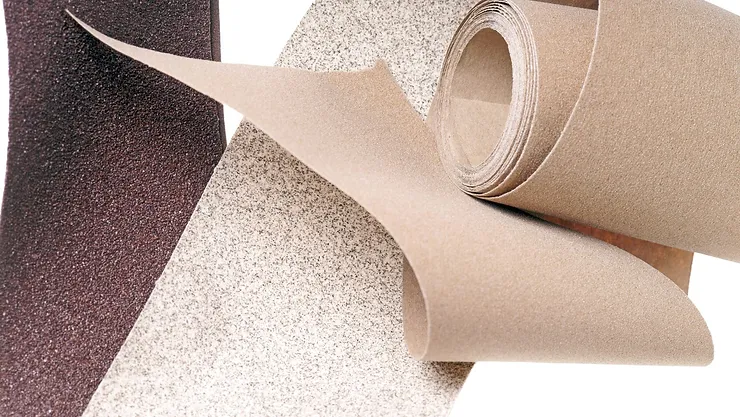
Sanding may be done manually or with an electric sander, although the latter is far more efficient. Disc, sheet, and belt sanders are all available for use with power equipment.
While selecting a sandpaper grit for wood, keep the following in mind:
It is difficult to strip paint or varnish using fine grit sandpaper.
Since medium sandpaper leaves a coarse surface finish, it must be followed with a finer grit abrasive. Choose a specific grit number according to desired finish.
Material may be quickly stripped away using coarse sandpaper.
Sanding sponges are pads with grit built in. They work well on both curved and flat surfaces and may be used for wet or dry sanding. They are more durable and reusable than sandpaper. Sanding sponges with built-in channels protect the abrasive from getting clogged with dust.
Steel wool is an abrasive that can allow you to work on surfaces that sandpaper cannot. Steel wool may leave little strands behind that can soon rust and discolor. Bronze wool is a non-rusting alternative.
Refinishing pads are flexible and reusable sheets of non-shedding abrasive material. You may cut them to whatever size or shape you like.
Drywall screens are open-mesh metal items that are used to level joint compound and plaster. They are less prone to clogging than drywall sandpaper and may be readily cleaned for reuse.
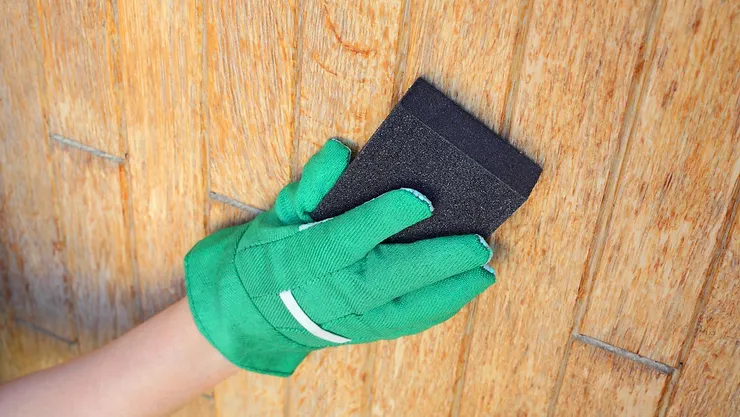
Overall, there are three primary grades of abrasives, each with its own purpose and benefits. Regardless of which type you choose, make sure to wear a dust mask and protective eye gear when sanding for your safety. With these tips in mind, you are ready to take on any project with ease!
